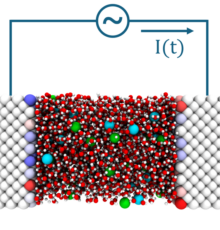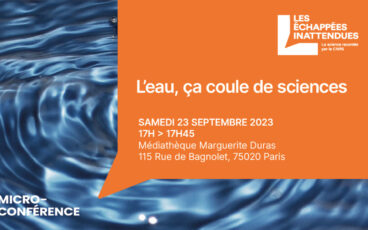Une équipe franco-allemande dont quatre chercheurs du laboratoire PHENIX de l’UPMC est parvenue à modifier un oxyde de titane en introduisant des défauts dans la structure du composé. Une innovation qui permet d’envisager le développement de nouveaux matériaux pouvant être utilisés comme électrodes dans des batteries alternatives aux batteries au lithium, élément qui se raréfie sur terre.
Reversible magnesium and aluminium ions insertion in cation-deficient anatase TiO2, Nature Materials, 16, 1142–1148 (2017)
Par : Toshinari Koketsu, Jiwei Ma, Benjamin J. Morgan, Monique Body, Christophe Legein, Walid Dachraoui, Mattia Giannini, Arnaud Demortière, Mathieu Salanne, François Dardoize, Henri Groult, Olaf J. Borkiewicz, Karena W. Chapman, Peter Strasser & Damien Dambournet
Contact PHENIX : damien.dambournet@upmc.fr
Extrait
In contrast to monovalent lithium or sodium ions, the reversible insertion of multivalent ions such as Mg2+ and Al3+ into electrode materials remains an elusive goal. Here, we demonstrate a new strategy to achieve reversible Mg2+ and Al3+ insertion in anatase TiO2, achieved through aliovalent doping, to introduce a large number of titanium vacancies that act as intercalation sites. We present a broad range of experimental and theoretical characterizations that show a preferential insertion of multivalent ions into titanium vacancies, allowing a much greater capacity to be obtained compared to pure TiO2. This result highlights the possibility to use the chemistry of defects to unlock the electrochemical activity of known materials, providing a new strategy for the chemical design of materials for practical multivalent batteries.


